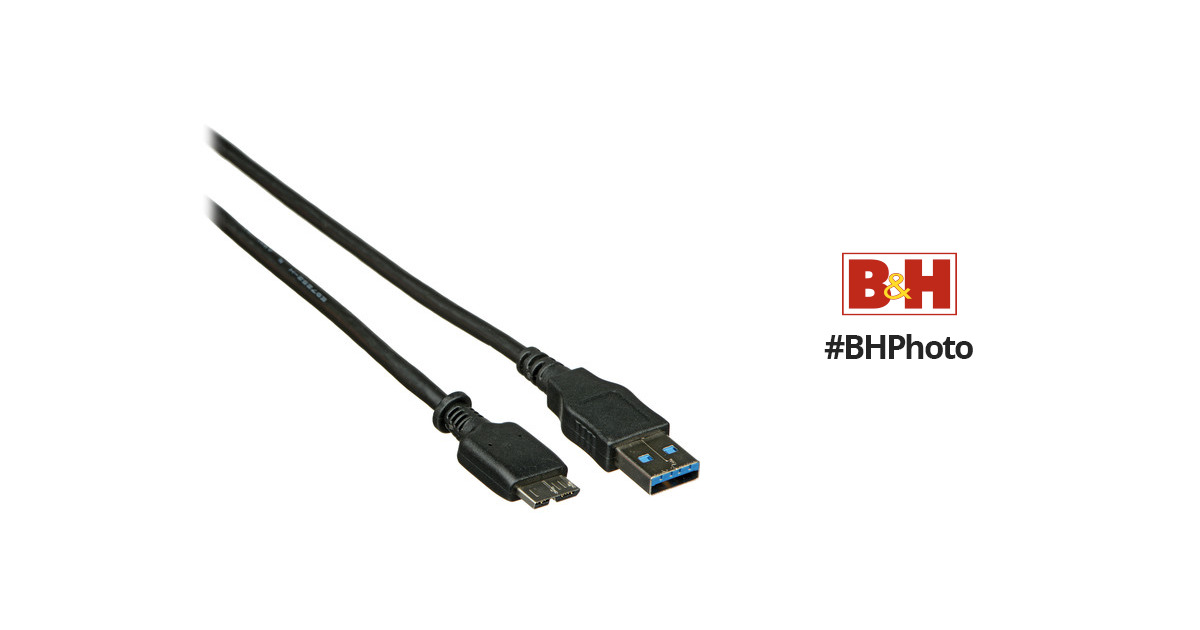kkdji1
Member
I would love feedback on whether this card is worth the money. What are its advantages over sd card? Thank you.
If you would like to post, you'll need to register. Note that if you have a BCG store account, you'll need a new, separate account here (we keep the two sites separate for security purposes).

Very useful info! As I use my second slot for backup, the write speed will automatically be the one of the slowest cards (SD UHS-I); as you mentionned, even a SD UHS-II card is 50% slower than XQD; it's for that reason I ask myself if it's a good decision to add a card in the second slot, even if it's very useful for me as a backup when I am outside during many days.
- In the D500 a fast XQD card has more than a 50% faster write speed than the fastest SD UHS-II card.
- This means the maximum burst length is 200 images rather than something much smaller.
- It means you are writing to the card at a rate of 8.5 frames per second with XQD and just 5.5 frames per second with a fast SD UHS-II card or 2.8 fps with a SD UHS-I card.
- After a burst, the buffer clears images to the card much faster - 55 images in 6.5 seconds with XQD vs. 10 seconds with SD UHS-II.
- Downloading images after a shoot is much faster with XQD. For wildlife with a 64 GB card, this can mean downloading and backup before dinner rather than before you sleep. 15 minutes faster downloading makes a big difference.
As others have suggested, I'd hold off on getting the XQD card for a little longer. The CFEXpress cards will be a little cheaper, provide more options, and provide better performance on downloads to your computer. They won't make any difference in D500 performance, and might be slightly slower. But they are going to be used in future cameras that can use the higher speed of CFExpress. CFExpress speeds are double or more the speed of XQD for downloads and future cameras.
